Right in the middle of Hanoi's bustling streets, there’s a place where time seems to stand still. This is the Imperial Citadel of Thang Long. It's not just an old building; it's the birthplace of Hanoi. Join Vietpower Travel on a fascinating journey through the history of Thang Long Citadel. This is a story of 1,000 years, of powerful kings, and of incredible Vietnamese spirit.
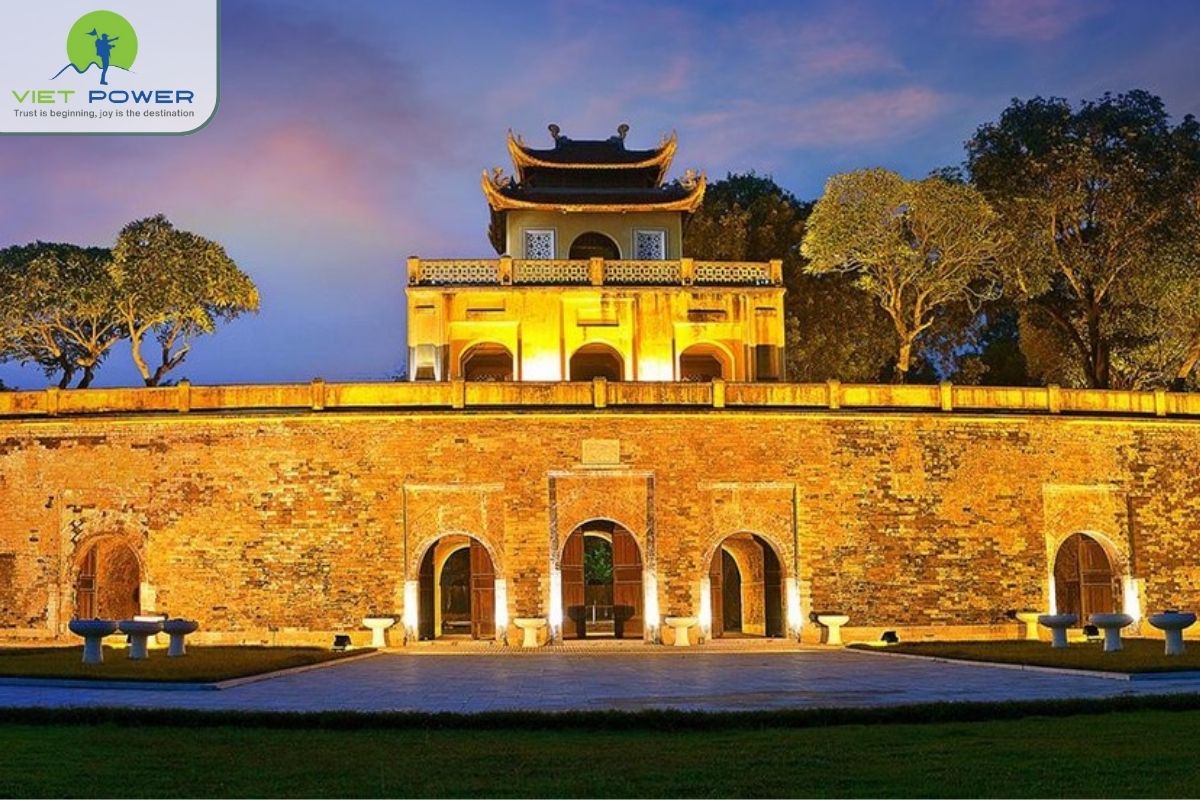
This Imperial Citadel is the ultimate symbol of Hanoi. Walking its grounds is like walking through the layers of a history book. We'll uncover the legends, the battles, and the secrets hidden in these stones.
Before we get into the history, let's clear up what this place is. It's not a single palace. It was a massive royal citadel with many palaces, once the private inner palace and office for Vietnam's kings.
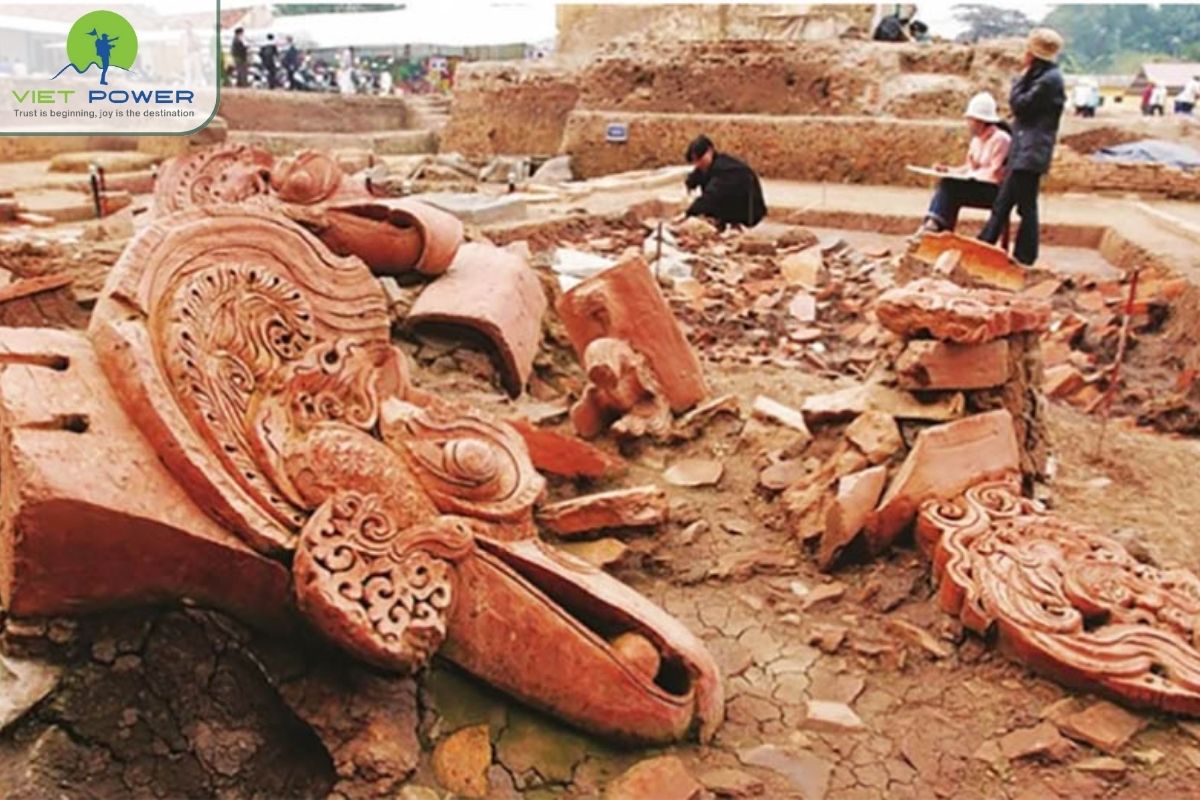
You might ask: "So what makes Imperial Citadel of Thang Long a UNESCO World Heritage Site?"
The answer is fascinating. It's not just for the buildings you see today. It's for the proof underground. This spot was the center of power for over 1,000 years, all in the same place.
The best place to see this is the 18 Hoang Dieu archaeological site. You can literally see the dynasties with the Citadel stacked on top of each other like a layer cake—old foundations from the Ly, Tran, and Le times. It's a real-life time capsule.
To get the full story, you should also explore the unique architecture of the Imperial Citadel of Thang Long.
The citadel's story begins with a bold vision. In 1010, the first king, Ly Thai To, decided his old capital, Hoa Lu, was too small and defensive. Tucked away in rocky mountains, it was a capital built for war. He dreamed of a new capital for a new era of peace and expansion, one built on the wide, open plains of the Red River Delta.
Legend says that as his royal boat traveled up the river, a stunning sight appeared: a golden dragon soared into the sky. This was not just a creature; it was a powerful, divine omen—a sign from heaven itself that this was the chosen land.
.jpg)
He immediately named his new capital 'Thang Long,' which means 'Ascending Dragon.' The city's very name was a celebration of this moment of destiny.
He didn't just build a citadel. He built a 'cosmic center.' Every palace, gate, and river was carefully placed according to Feng Shui, not just for good luck, but to align the new kingdom in perfect harmony with the universe, with the King at its heart.
"So, can I see any of these 1,000-year-old palaces today?"
Here’s the fascinating reality: the grand wooden palaces themselves, with their painted columns and sweeping roofs, are gone-lost to centuries of time and war.
But their footprints remain.
When you visit the excavation site, you are looking at the original stone foundations. This is the city's blueprint, carved into the earth. They show you the exact size and scale of the original city and invite you to imagine the grandeur that once stood right where you are standing.
Discover more posts on the same topic and dive deeper into Vietnam’s beauty, culture, and landmarks. Explore our Vietnam tourist attractions category to find new destinations worth adding to your travel list.
The history of Thang Long Citadel quickly faced its greatest test. Under the Tran Dynasty, this citadel became the nerve center for a kingdom resisting one of the most powerful empires in world history: the Mongols.
"Wait, the Mongols? The same army that built a giant empire?"
Yes, those exact ones. From this very citadel, the Tran kings successfully fought off three separate Mongol invasions in the 13th century.
This citadel was everything: it was the prize the Mongols wanted, the target they attacked, and the command center where the Tran kings planned their desperate defense. While the Tran rulers built upon the original foundations, their main focus was on fortification and resilience-making the walls stronger and the defenses tougher.
Later, a short-lived dynasty (the Ho Dynasty) even tried to move the capital, but it didn't last. The strategic and spiritual importance of Thang Long was simply too powerful to ignore.
After more wars, the Le Dynasty began. This was the citadel's golden age. It was expanded into a huge, splendid royal city. At its heart was the King's private palace area, where only he, his family, and his court could enter.
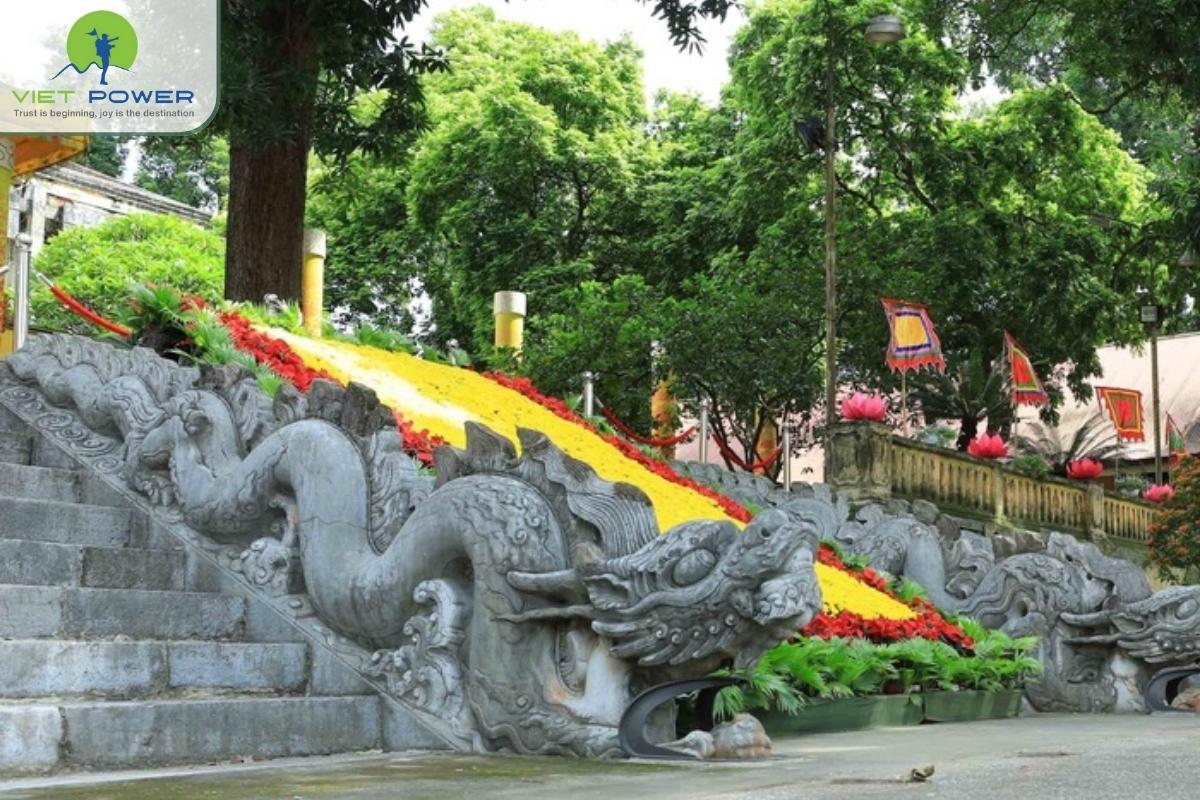
“What's the most famous thing to see from Le Dynasty era?"
Don't miss the Kinh Thien Palace. All that's left is the foundation, but its stone steps are incredible. Look for the giant, twisting stone dragons carved in 1467. They are true masterpieces and show how skilled the artists were.
Discover more posts on the same topic to deepen your travel inspiration:
The history of Thang Long Citadel changed in the 1800s. The new dynasty, the Nguyen, moved the capital to Hue (a city you can also visit!).
Hanoi became just a northern outpost, and the citadel was made much smaller.

It was this smaller citadel that the French army attacked in 1882. "Are the cannonball holes from French attack still visible when visiting Thang Long Citadel?"
Yes! Go to the Bac Mon (North Gate). Look closely at the thick stone walls. You can still see the holes where French cannonballs slammed into the gate. They were left as a powerful, physical reminder of that battle.
The citadel's story never stopped. The Hanoi Flag Tower, a proud survivor, became a potent symbol of Hanoi when the flag of an independent Vietnam flew from it in 1954.
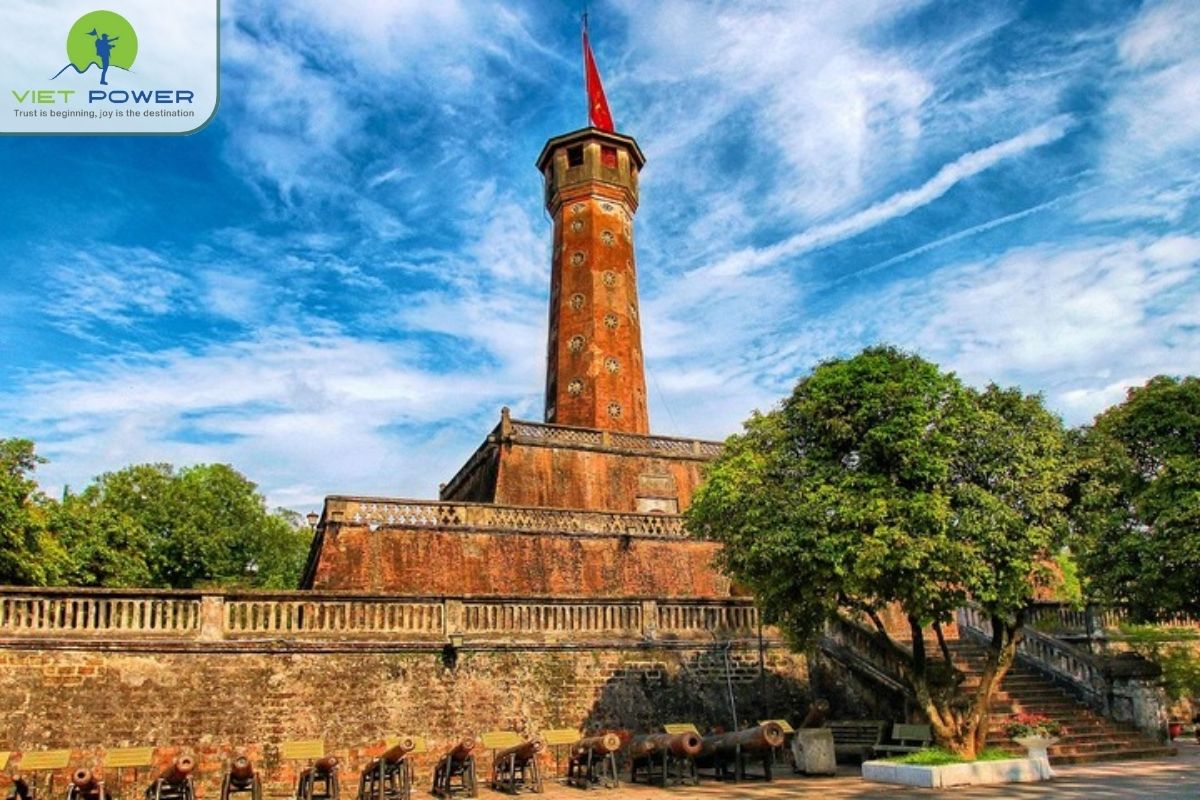
But the final, most stunning secret is hidden in plain sight. You’ll walk past 15th-century dragon carvings, only to find a simple, modern building. "A 1960s bunker?" many visitors ask. "Why here?"
That building is House D67. It was the top-secret nerve center for the North Vietnamese army during the Vietnam War.
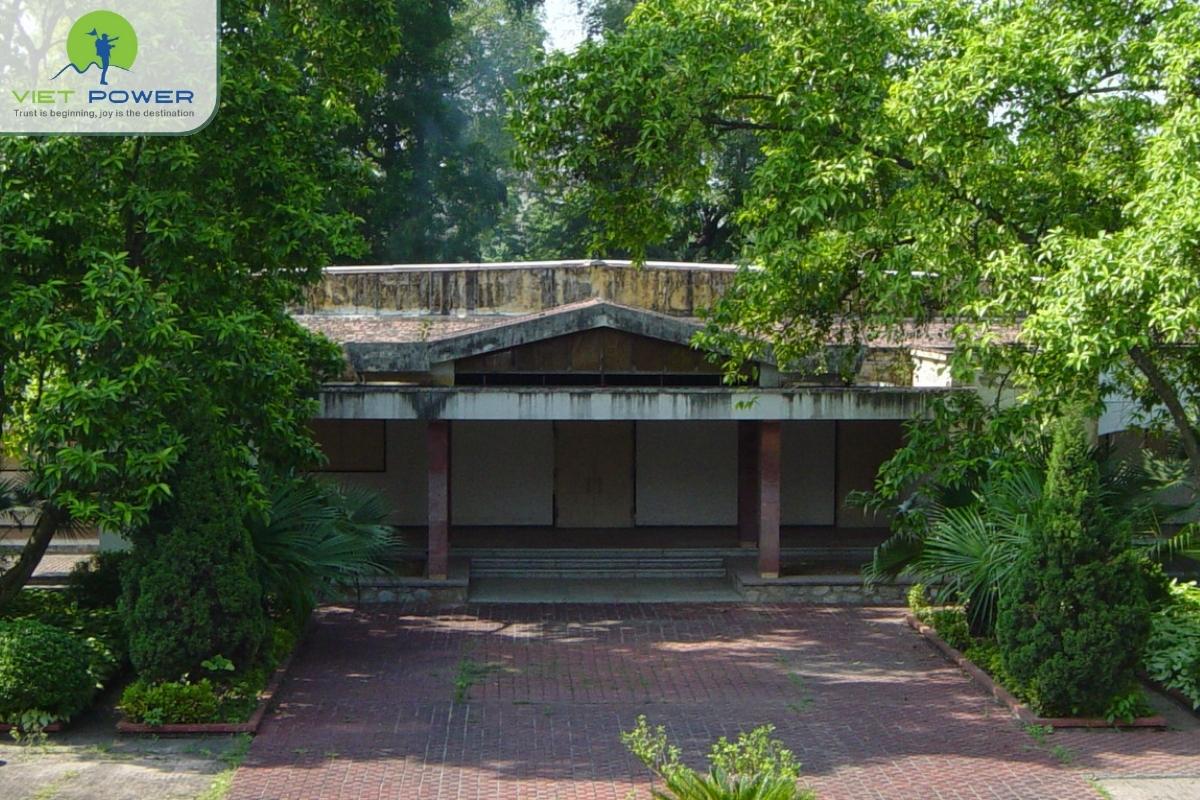
Think about this: The decisions that shaped modern history, like launching the 1968 Tet Offensive, were made right here. Generals huddled over maps and made calls that changed the world, just steps away from where kings once sat on their dragon thrones.
This strange, amazing mix of ancient royal history and 20th-century warfare is what makes the citadel truly unforgettable. It’s not a dead relic; it’s a living piece of ground that has served as the nation's center of power for 1,000 years.
A visit to the Imperial Citadel of Thang Long is not simply a stop on a tourist itinerary; it is a profound encounter with the soul of a nation. As you leave its quiet grounds and step back into the vibrant chaos of modern Hanoi, you carry with you more than just photographs. You carry the story of the Ascending Dragon, the echoes of victorious kings, the resilience of a capital that has weathered invasions, colonization, and war.
The history of Thang Long Citadel is a testament to the unbreakbable spirit of the Vietnamese people. From its mythical founding to its crucial role in the 20th century, this complex has proven to be the eternal symbol of Hanoi. To understand its past is to understand Vietnam itself. Contact Vietpower Travel today to book your tour to Hanoi and step into the living heart of Vietnamese history!